How to Draw Spheres
Updated: 03 Mar 2024

A ball (or a sphere) is one of the basic shapes (together with a box, cylinder, pyramid, and cone).
This guide demonstrates how I draw spheres, including some examples with different texture types.
The Basics
Contour:
The contour of a sphere is a circle.
If you struggle with drawing a circle, draw two equal lines that are perpendicular, and meet at the center of each other.
Another option is to draw a circle around a circular object (such as a coin, or a glass), or to use a pair of compasses.
I like to draw freehand, so my circles are not perfect, but my drawing process is enjoyable.
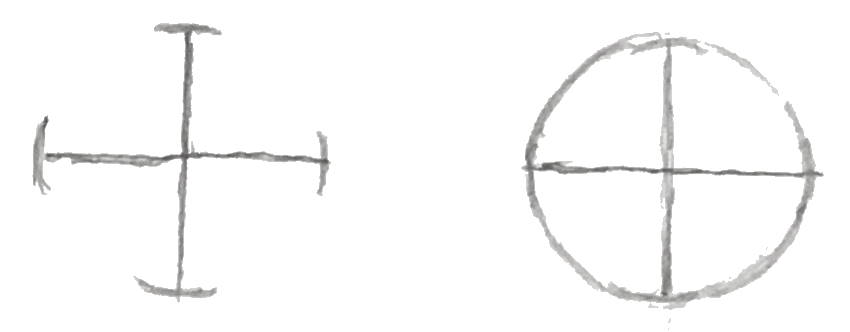
Cross contour:
The contour of a circle looks flat. Like a disc.
To give it the illusion of volume (and direction), use cross-contour.
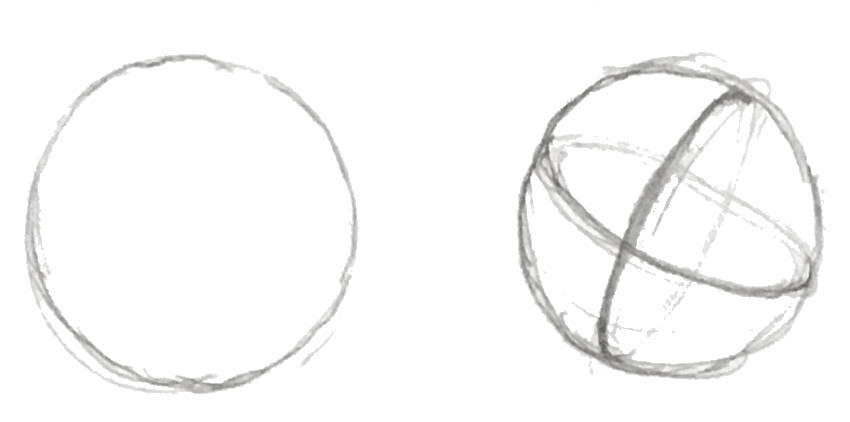
Values:
Once you know the direction of light, draw a gradual transition of brightness values.
Imagine where the lightest part of the sphere is (highlight), and gradually draw darker around it.
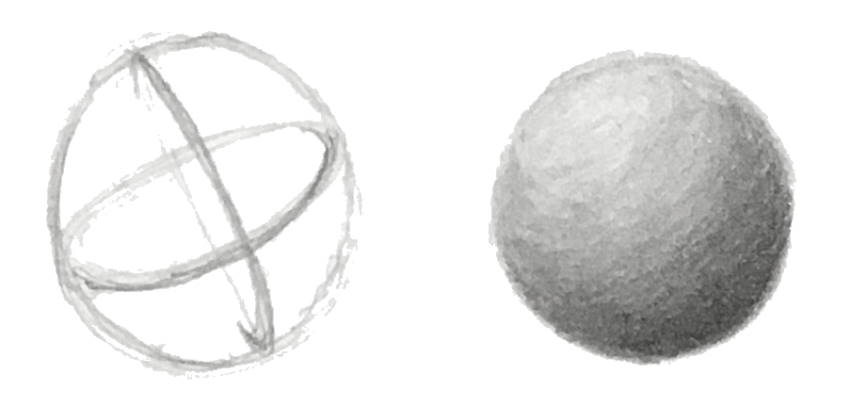
Cast shadow:
Imagine where the light source is (you can draw two lines in that direction, which are tangent to the circle).
Keep in mind:
When viewing from above, the cast shadow on the ground appears as a circle.
However, when looking from the side, the shadow is foreshortened, and looks like an ellipse.
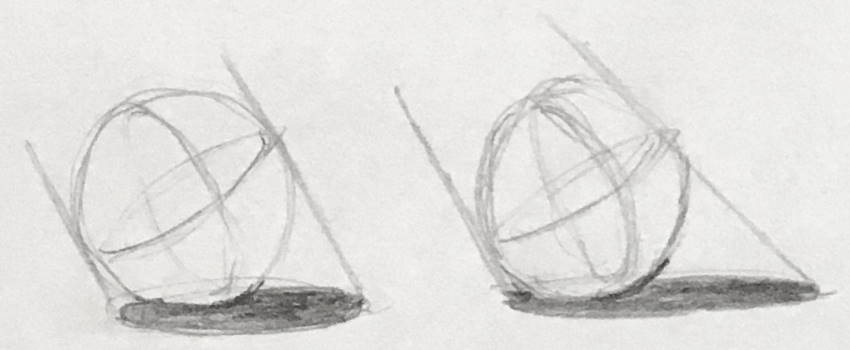
If you do not understand foreshortening of a circle, read my guide for drawing round objects.
Edges:
Edges are how an area ends. It can end in a sharp (hard) way, or in a blurry (soft) way.
Typically, a ball has hard (sharp) edges, while its cast shadow has soft edges.

Ambient occlusion:
Every object is built from pigments. It absorbs some wavelengths, and reflects the others.
Ambient light is the reflected light.
Ambient occlusion are the areas where the ambient light cannot reach (blocked). These are usually the darkest areas.
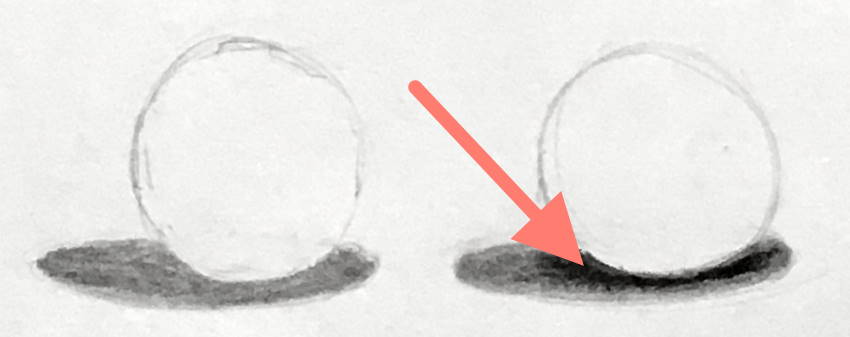
Core shadow:
When a ball is in the air, it has a light area and a dark area.
On the ground, or close to the ground, it may receive some reflected light from the ground.
Therefore, the darkest area of the ball is no longer the most far away area from the light, but a bit above it.
This darkest area on the ball is called core shadow. Not to be confused with ambient occlusion, which is darker, and between the ball and the ground.
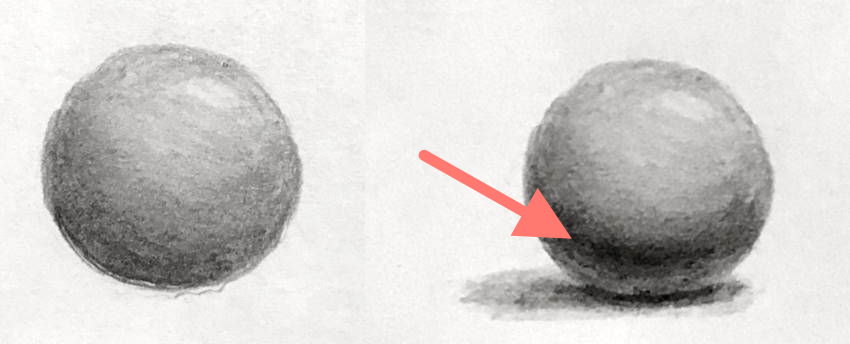
Texture
When rendering in a realistic way, using textures, the same rules apply to the texture.
Meaning, look for light and shadow areas, ambient occlusion, core shadow, and pay attention to foreshortening of the cast shadow.
Different textures react differently to light. A texture can be shiny, reflective, matte, etc. and therefore reacts differently to light.
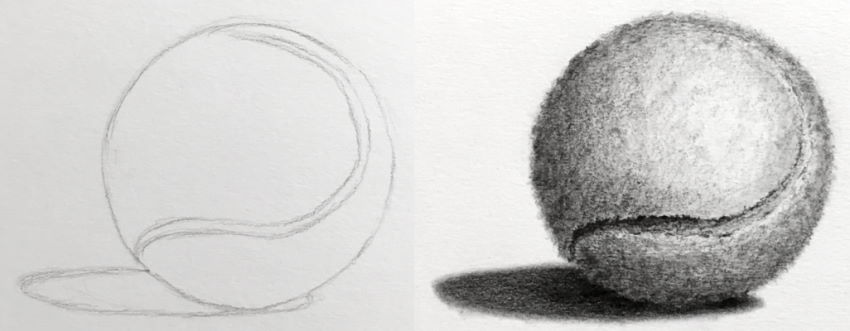
Remember that everything gets darker in the shadow area, and lighter in the light area, including texture marks.
For more info on texturing, visit my realistic texture drawing guide.
Suggestion:
Try to draw various textures. Do not limit your textures to a ball.
Practice on other shapes, like a cylinder or a box. Make sure you draw it in perspective.
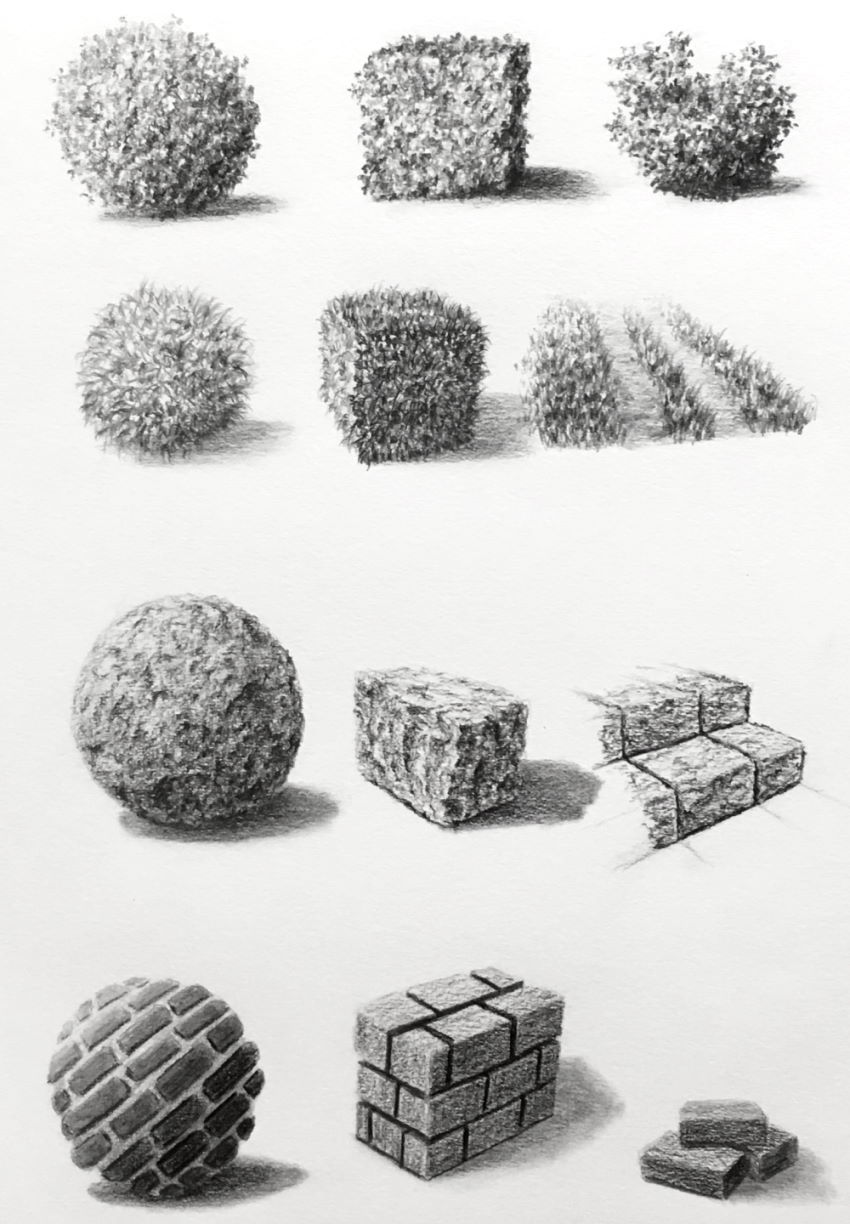
Linear perspective is arguably the most important drawing fundamental, especially for drawing from Imagination.
Here is my perspective drawing guide.
Foreshortening
ALL objects are subject to foreshortening!
A ball is a bit different. Its shape is always a circle, the foreshortening happens inside the ball.
Imagine a ball, which is built from planes. The center plane of the ball is in front of the observer, and therefore NOT foreshortened.
As the other planes move to all sides, they start to be in the observer's direction of sight, and become foreshortened.

In the next example, the circle for the number (8) is closer to the edge of the ball, and therefore foreshortened (an ellipse).
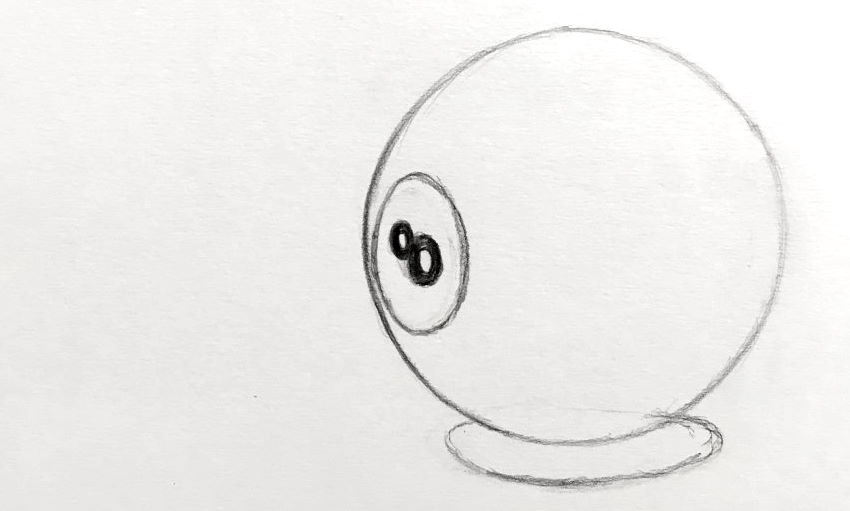
Understanding foreshortening is crucial for drawing. You can learn that in my Guide on drawing from imagination.
Another thing to pay attention to is a lost edge.
When two areas share the same brightness value, the edge between them is not visible. Hence, lost edge.
In the example below, the values of the ball and of the cast shadow are the same; therefore the edge of the ball is NOT visible in that area.
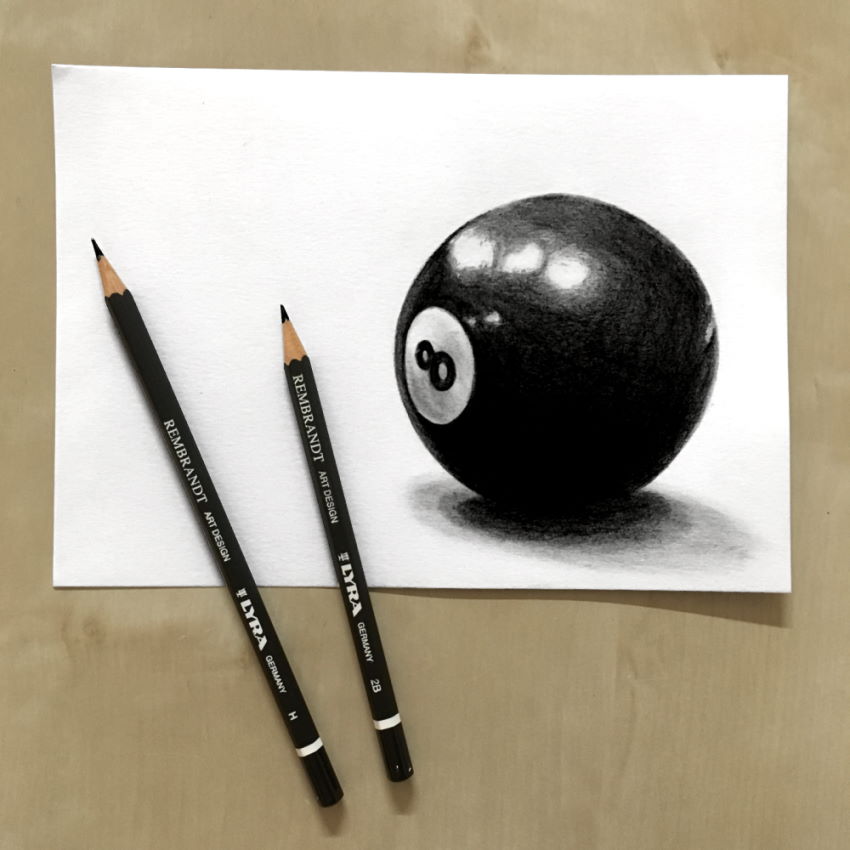
Summary
For realistic drawing, these are my recommended drawing materials.
Different paper brands and types produce a different outcome. You can read about it in my review for drawing paper.
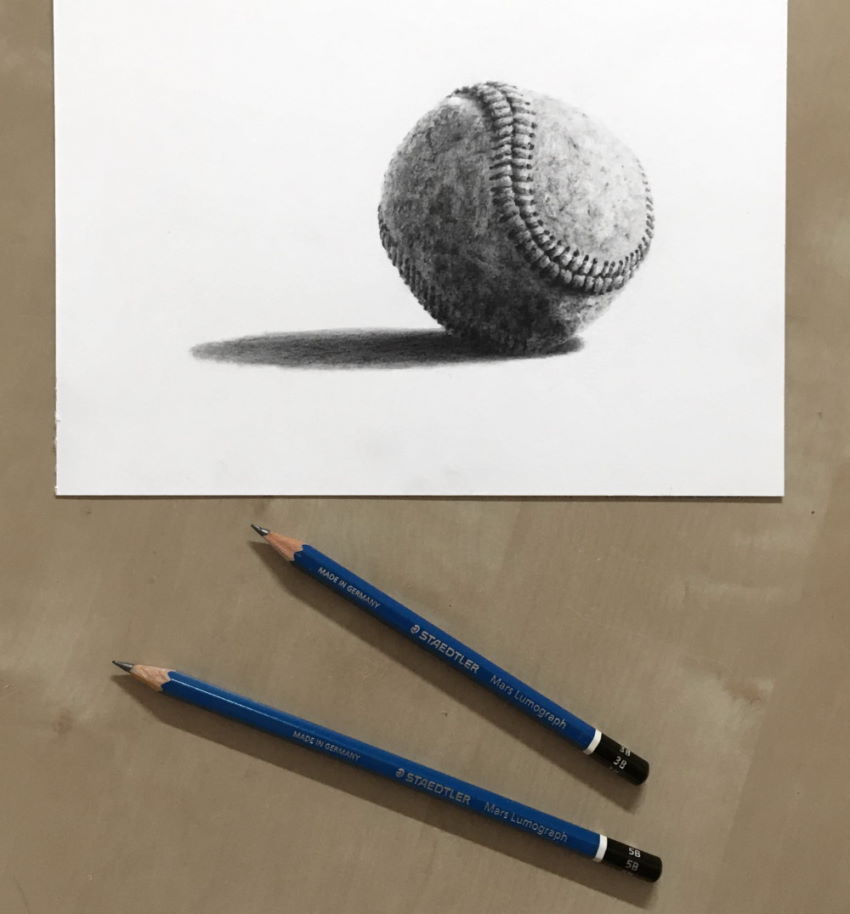
If you are new to realistic drawing, checkout my tutorial on how to draw realism. It covers the 4 important factors.
Additionally, I highly recommend reading about these 15 methods to draw depth.